The current tea industry is facing an increasingly severe labor shortage, and tea production is no exception. Nowadays, tea farmers competing for tea pickers has become the norm. When the tea picking schedule is arranged, even if it rains, the tea leaves must be harvested, otherwise, there will be a dilemma of having no workers available for tea picking. Therefore, mechanical harvesting of tea leaves, also known as machine harvesting or machine trimming, will be the trend of the future. This time, I`ll share information about “machine-harvested tea and machine-trimmed tea.”
What is “machine-harvested tea, machine-trimmed tea”? What impact does it have on tea trees?
It refers to the use of machines and saws to harvest tea leaves, known as machine-harvested tea or machine-trimmed tea. Harvesting machines can be divided into single-person tea picking machines, two-person tea picking machines, ride-on tea picking machines, and unmanned tea picking machines. When harvesting tea leaves with machines, it will cause more wounds on the tea trees, so it is necessary to pay attention to the treatment of wounds on tea trees after harvesting, and give the tea trees appropriate recovery time. If machine harvesting is performed too frequently, it will affect the lifespan of the tea trees.
How can machine-harvested tea taste good?
Hand-picked tea tastes better because of the complete tea leaves picked by hand, while machine-harvested tea is more likely to produce more broken leaves, making the tea taste more bitter. So, is there a chance to make machine-harvested tea taste good? The answer is “yes,” there are several methods to make machine-harvested tea taste good. Neat trimming of tea trees: can allow the tea buds to grow to a uniform height, avoiding damage to shorter tea buds during harvesting. Midday tea picking time: The higher temperature at noon can make the tea leaves have a lower water content, conducive to producing high-quality oolong tea. High-tech tea refining equipment: When the tea leaves are finished, a “tea color sorter” can be used to remove low-quality tea leaves, such as old leaves and broken leaves. By combining the above methods, the production quality of machine-harvested tea can be improved, making machine-harvested tea more delicious.
What are the differences between machine-harvested tea and hand-picked tea?
| Harvesting Method | Speed | Harvesting Cost | Impurities | Taste Quality |
| Machine-Harvested Tea | Every four people per hour 400kg of fresh tea leaves | Low | Many | Not necessarily |
| Hand-Picked Tea | Each person per hour 5kg of fresh tea leaves | High | Few | Not necessarily |
In the traditional sense, hand-picked tea is considered better than machine-harvested tea. However, in situations of labor shortage and with varying qualities among tea pickers, hand-picked tea often ends up more broken than machine-harvested tea. This situation arises from the wage calculation model for tea picking, where the more tea picked, the higher the wage, leading some pickers to uproot entire tea bushes to maximize their earnings. It`s common for tea pickers to earn around 6,000 New Taiwan dollars (USD 200) per day.
The introduction of mechanization is not necessarily a bad thing, as it can significantly improve work efficiency and enhance food safety standards. However, the key factor in producing good tea lies with humans, specifically their unique sensory evaluations. The ability to produce high-quality tea from different raw materials while keeping costs manageable is what defines good tea. That`s all for today`s sharing. Until next time.
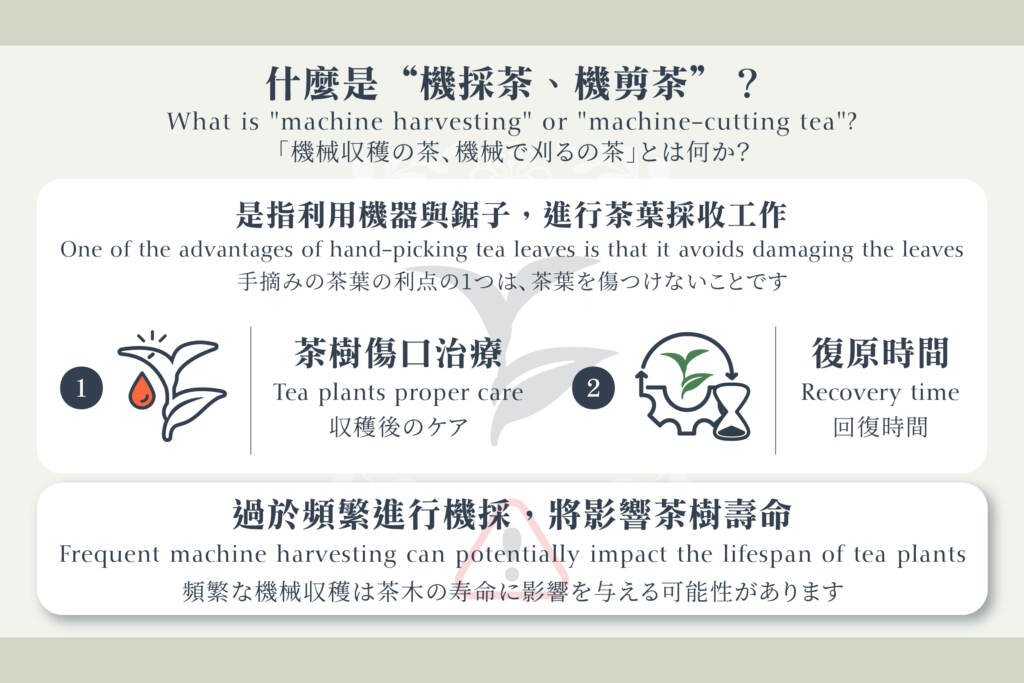
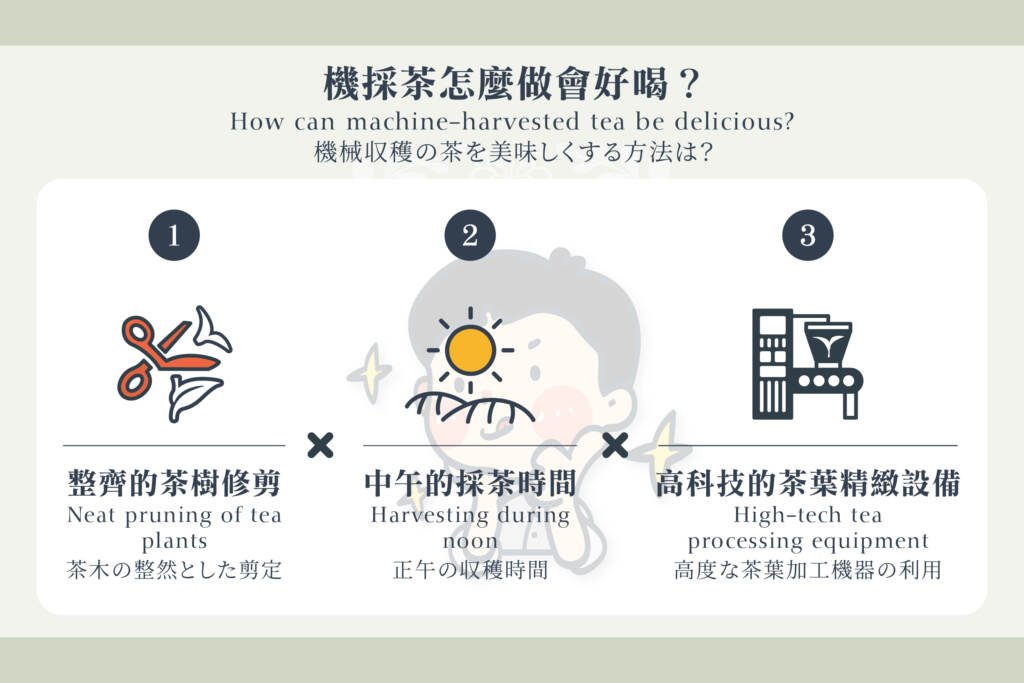
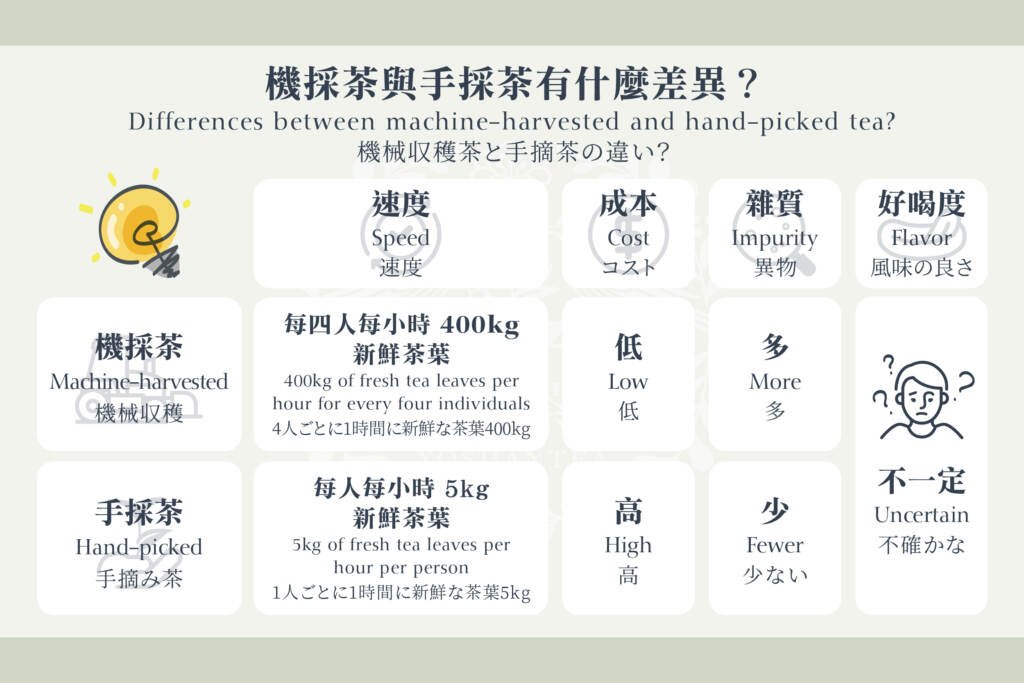
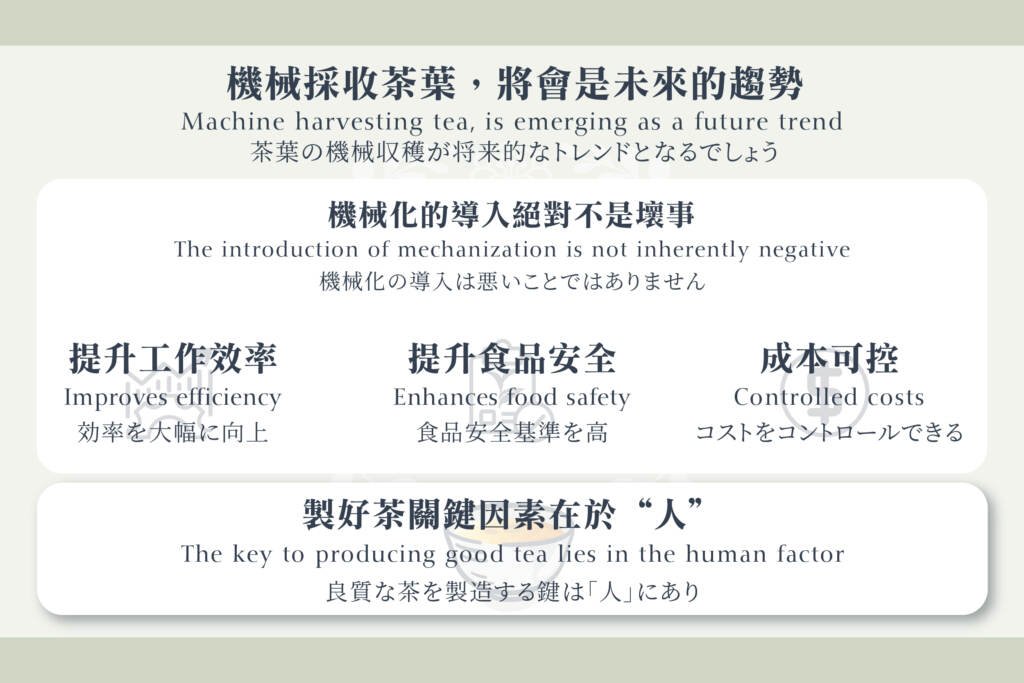
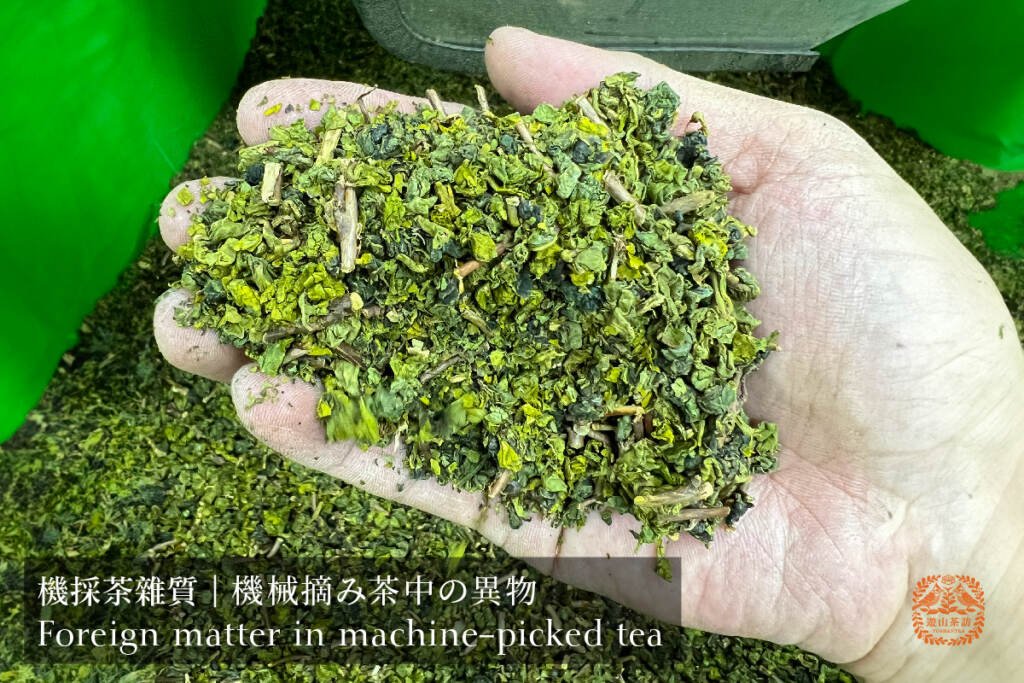

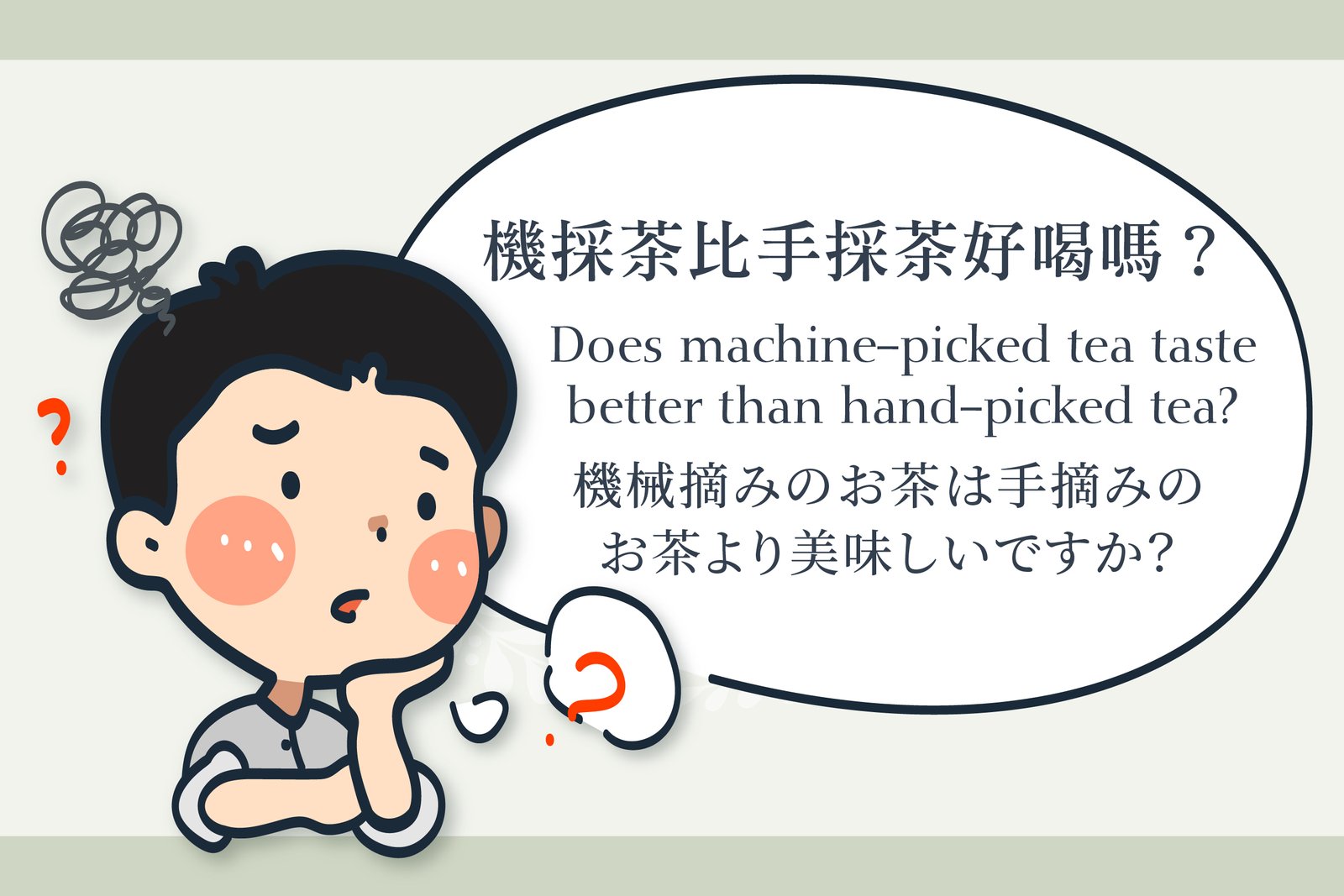
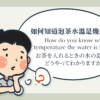
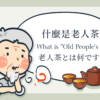
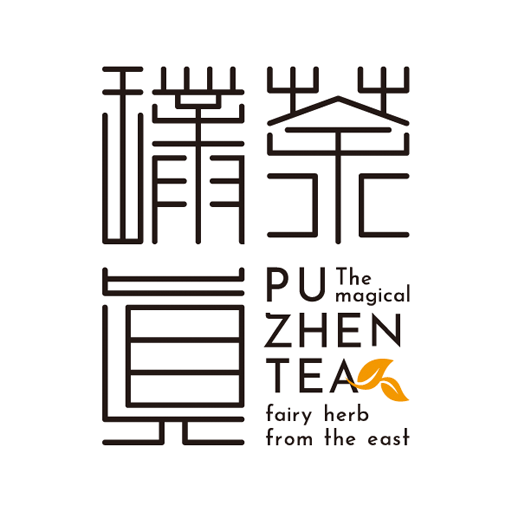
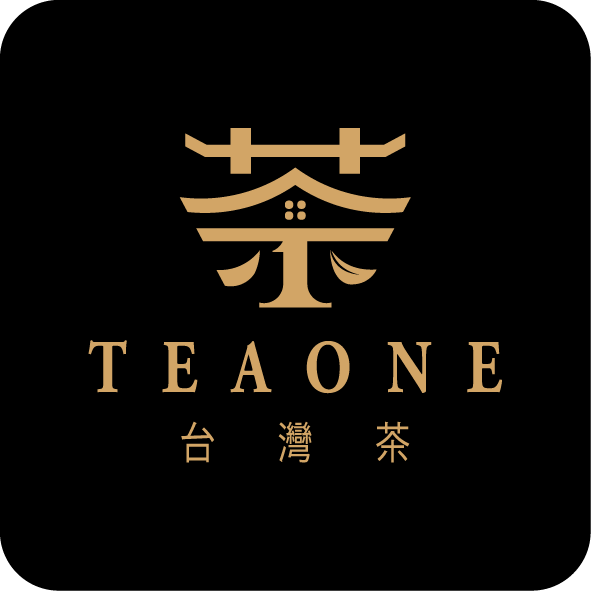
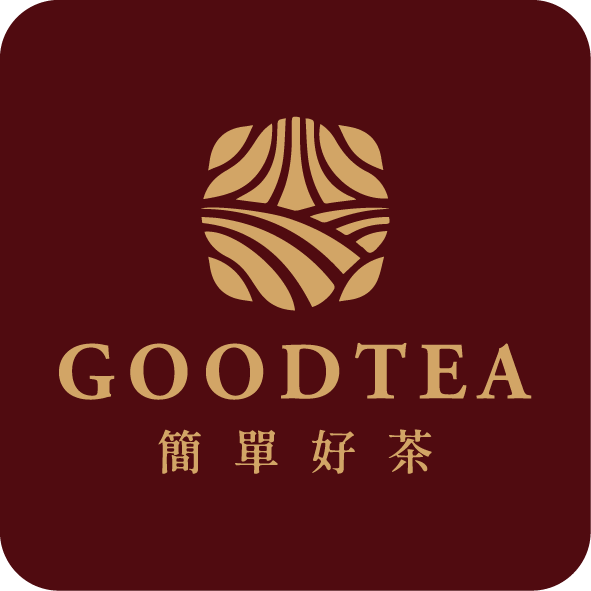
Leave a reply